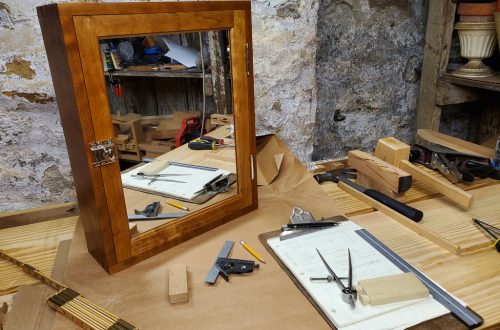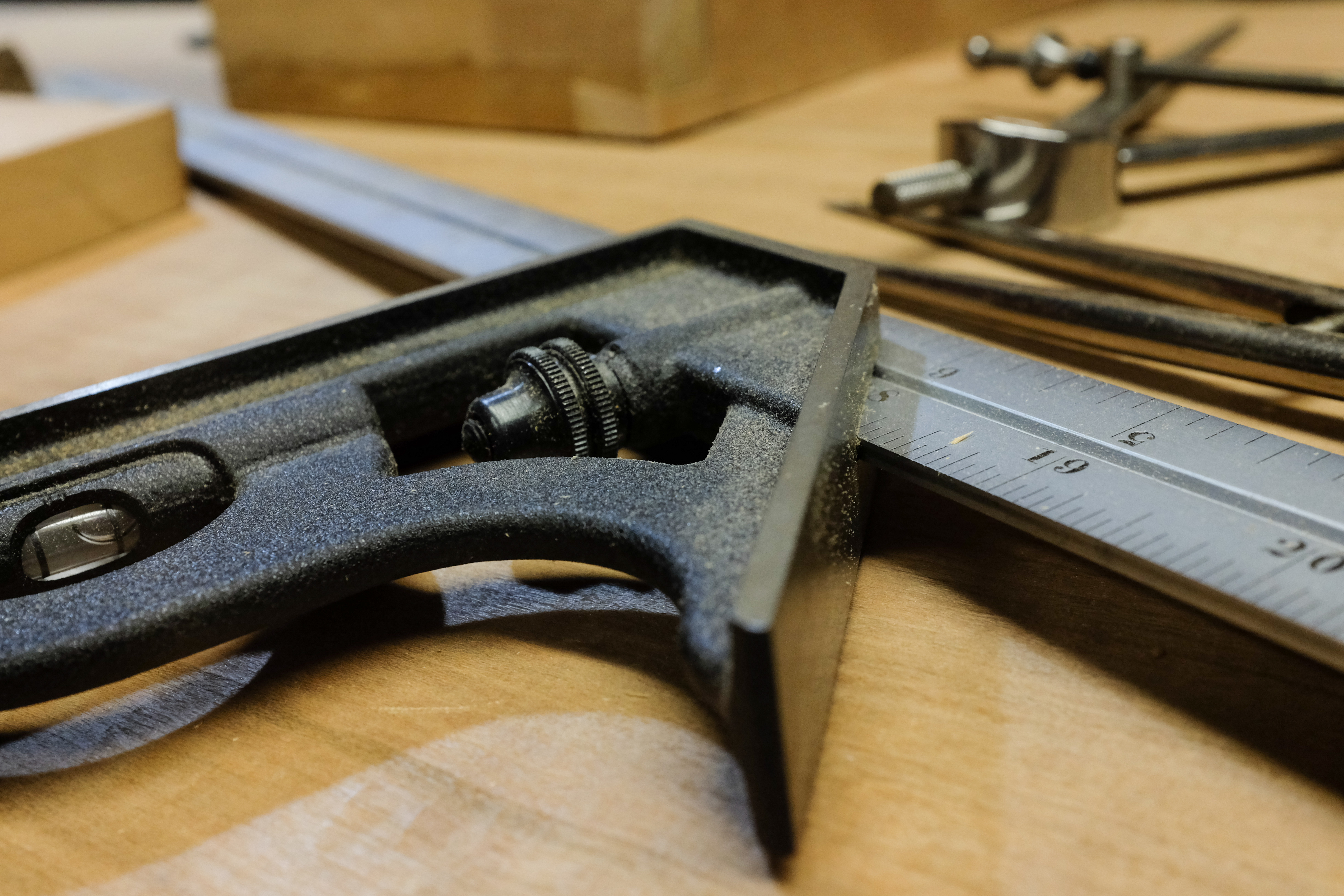Safety Saw and Woodworking Projects
Several years ago, I started to put money away with the intention of buying a new tablesaw. I knew it was going to be a big purchase, and I wanted to make sure I took the time to evaluate what I was going to get. I had a good tablesaw that belonged to my Uncle Eddie, so it wasn’t a necessary purchase. However, I did want to do more advanced work, and really wanted to get something with more modern safety equipment.
After reading about the SawStop, I decided that was what I wanted to get. First on my mind was the amazing blade stop technology. The second big selling point for me was the comprehensive set of conventional safety equipment, including a highly functional blade guard, a real riving knife, built-in power-loss lock-out, and easy blade-change setup. The third point for me was the build quality of the saw. Overall, all of their saw models get consistently high ratings for build quality.
The blade stop technology was what really sold me on the saw. All of the SawStop models incorporate their proprietary system that, when the system detects that a body part has contacted the blade, a brake module fires into the spinning blade. The brake stops the blade almost instantaneously, and forces the blade below the table surface. This happens all within just a few milliseconds–fast enough to save a finger, and fast enough in many circumstances to prevent anything more than a nick cut.
In the end, I decided to purchase the contractor-model saw with mobile base and cast iron wings. As much as I wanted the larger cabinet saw model, the floor in our basement is pretty rough. I needed the saw to be mobile and withstand the rough floor, so the contractor model won. The cast iron wings give the saw some more mass and make up for some of the compromises made in the contractor-style body. The SawStop saws are all more expensive than equivalent model saws from other manufacturers, but I felt that the features were totally worth the cost.
I ordered the saw before Christmas. Due to holiday shipping, it didn’t arrive until the week after New Years. I got the call in the morning one day that week. I got in touch with my Dad, and we left right after school to head out to Saw Sales in Gibsonia to pick up my new saw. The Saw Sales staff was awesome to work with on the whole purchase. When we arrived, they helped us to load all of the boxes with a handy forklift. Getting it out of the truck at home was another story, of course. All of the small boxes went down to the basement just fine. The big box with the saw, motor, and small accessories took some more effort. We ended up taking the box apart and carrying everything downstairs separately. The main saw body was the hardest part to move. We carried it to the top of the outside basement stairs. I pulled out a long rough oak board, set it down on the stairs, and we slid it carefully down the board. After it was all moved inside the basement, I had school work I had to attend to, so we called it a night.
About a week later, I had a chance to start assembling the saw. Before I could assemble, though, the old saw had to be disassembled and moved.

Of course, this was made a little more difficult by the fact that I ended up with stuff for the new saw stacked everywhere. First up, I had to remove the fence:

Then the wings, belt and motor:

After everything was moved out of the way, it was time to start assembling the base. Everything was well labeled, ordered, and the process documented clearly with good diagrams:

The first two pieces to go together were the base and the mobile kit, which mounts directly to the base:

Next, I had to mount the saw body on the base. Using leverage and really careful effort, I hoisted the body onto the base and secured it with four hard-to-access bolts. Of the entire assembly, these four bolts were the hardest things to secure by myself.

Then the motor was bolted onto the back, and the belt installed. The belt is a high-quality grooved belt and went on easily.

After the belt guard was bolted-on, it was time to mount the wings. I purchased the cast-iron wings as an add-on. The saw still shipped with the stamped steel wings in the big box, and then I had two separate boxes for the cast-iron wings. These add a ton of mass to the saw, and I think will be a real pleasure to use. Of course, these were not easy to do single-handed. I ended up building a temporary support out of some of the packing foam blocks and some scrap wood. These supports held the wings in just about the right spot so that I could bolt them onto the saw body. After they were bolted on, I leveled them to the saw with a straightedge and a rubber mallet (for those oh-so-fine adjustments).

The last bit of body assembly was to mount the control box and complete a tiny bit of wiring.

At this point, the last thing I had to do was install the fence rails. I got the upgraded T-square fence, too. I got used to the Delta T-square fence that I had installed on the old Craftsman, and wanted that same functionality here. Due to the size of my shop, I opted for the 36″ rails instead of the 52″ rails. I would have loved the longer rails, but there was just no way they were going to fit here. As it was, the 32″ Delta T-square fence only worked in this shop because the rails fit just under the shelves on the right, so part of them usually lived under there.
One of the items that comes with the upgraded fence is a side table that mounts to the fence rails. Because of the way I had to make this work, I had to skip mounting the side table. The only real problem there is that the back of the fence rides on the table surface, so I have to lift it over the edge of the table if I run it off of the table for any reason. I have thought about removing the shelves and the small flat work surface on the other side of them. This would open-up the shop into a much larger space. I almost feel bad doing that, though, because these shelves and the work surface are old. I don’t know how old, but I still feel bad about it. Maybe someday I’ll do that. For the moment, though, the table is still in its box, safely stored in case I ever get to use it.

With the saw completed, I did the initial alignment, made a few test cuts, worked with the different guard mechanisms so that I could understand how to mount and use them, and checked the calibration of everything. With the exception of aligning the fence to the miter slot and blade, and checking the max blade height stop, I didn’t have to align anything else on this saw. If I did, they made it really easy to access just about every adjustment. In any case, I’m a happy camper now, and shortly got to work on my next project (more to come on that later):



